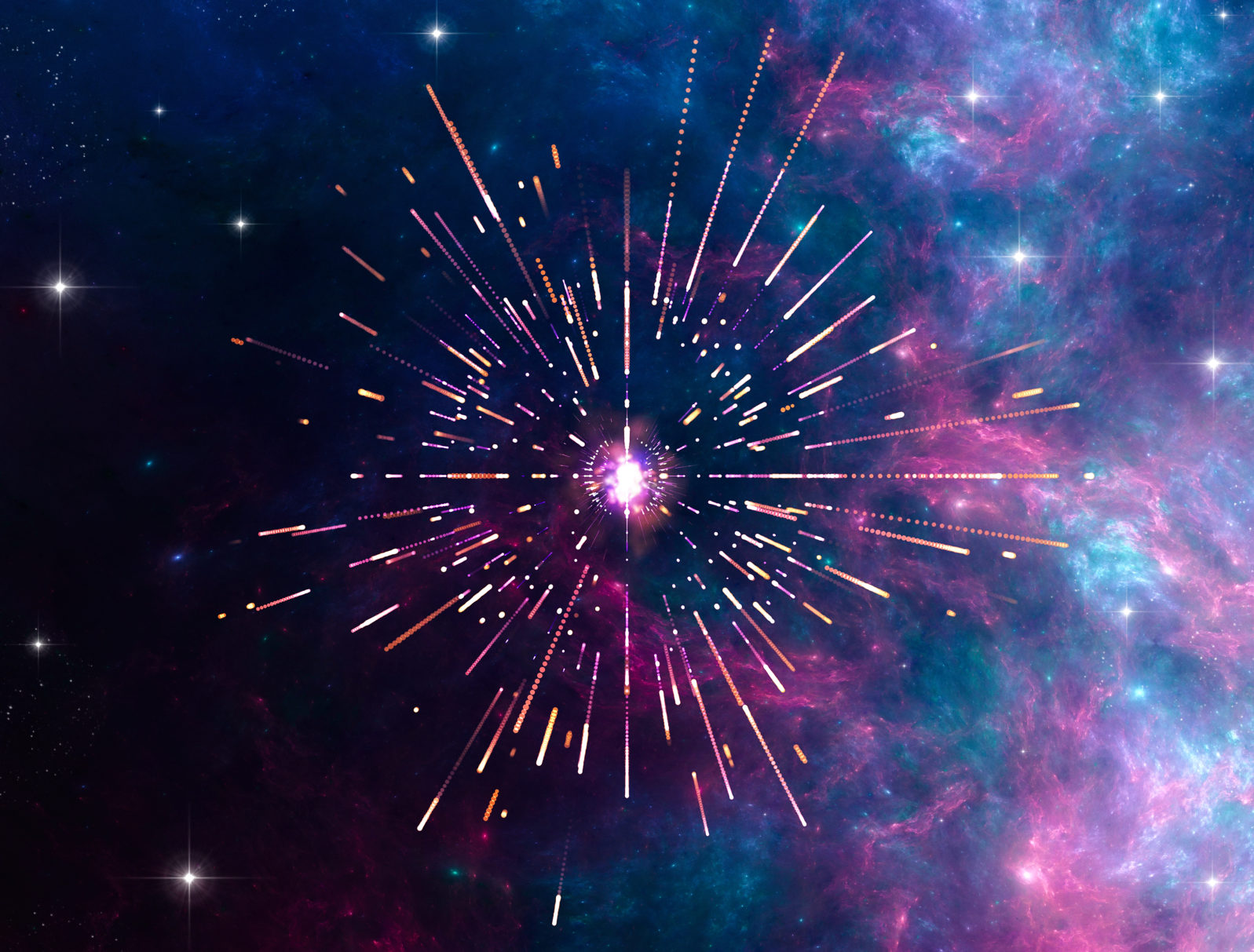Some Elements of Our Universe Do Not Make Scientific Sense
Well-attested observations of neutrinos are not compatible with the Standard Model of our universe that most physicists acceptTheoretical physicist Sabine Hossenfelder offers a look at a burgeoning genuine mystery in physics that involves the “outsider” particle, the neutrino.
According to Fermi National Accelerator Lab, the neutrino is:
one of the so-called fundamental particles, which means it isn’t made of any smaller pieces, at least that we know of. Neutrinos are members of the same group as the most famous fundamental particle, the electron (which is powering the device you’re reading this on right now). But while electrons have a negative charge, neutrinos have no charge at all.
Neutrinos are also incredibly small and light. They have some mass, but not much. They are the lightest of all the subatomic particles that have mass. They’re also extremely common—in fact, they’re the most abundant massive particle in the universe. Neutrinos come from all kinds of different sources and are often the product of heavy particles turning into lighter ones, a process called “decay.”
But Hossenfelder tells us, all that said, neutrinos are “decidedly weird”:
First, they are the only particles that interact only with the weak nuclear force. All the other particles we know either interact with the electromagnetic force or the strong nuclear force or both. And the weak nuclear force is weak. Which is why neutrinos rarely interact with anything at all. They mostly just pass through matter without leaving a trace. This is why they are often called “ghostly”. While you’ve listened to this sentence about 10 to the fifteen neutrinos have passed through you.
This isn’t the only reason neutrinos are weird. What’s even weirder is that the three types of neutrino-flavors mix into each other. That means, if you start with, say, only electron-neutrinos, they’ll convert into muon-neutrinos as they travel. And then they’ll convert back into electron neutrinos. So, depending on what distance from a source you make a measurement, you’ll get more electron neutrinos or more muon neutrinos. Crazy! But it’s true.
Sabine Hossenfelder, “The physics anomaly no one talks about: What’s up with those neutrinos?” at BackRe(Action) (September 18, 2021)
But there’s a stranger part. Neutrinos would need mass in order to mix but, Hossenfelder says, we don’t know how they get mass. Other elementary particles get mass from the Higgs boson, which couples a left-handed version of the particle with a right-handed one. But all neutrinos appear to be left-handed.
But that still isn’t the weirdest part. The weirdest part is what happened when physicists tried to run a lengthy experiment to fit all the data together for a coherent picture:
By 2005, researchers had got all the parameters correct except for one experiment which “did not make sense”: the Liquid Scintillator Neutrino Detector (1993–1998). Couldn’t it just be discounted? The trouble was, as Hossenfelder points out, “In particle physics, the discovery threshold is 5 sigma. The 3.8 sigma of the LSND anomaly wasn’t enough to get excited, but too much to just ignore.”
Well then the physicists tried again, starting in 2003 with a long running experiment with neutrinos at Fermilab called the MiniBooNE experiment (the Mini Booster Neutrino Experiment). It’s been running ever since because neutrinos interact only rarely.
Did all the new data erase the rogue findings?
Not at all. In 2018 MiniBooNE, which had accumulated more data, confirmed the findings from LSND. “Yes, you heard that right,” Hossenfelder reports. “They confirmed it with 4.7 σ, and the combined significance is 6 σ.” Not just 5 σ but 6.
These observations are not compatible with the Standard Model of our universe that most physicists accept. But there it is, and Hossenfelder does not think that the problem will be resolved any time soon.
Which goes to show that even a rigorous science like particle physics is not cut and dried; it can feature head-scratching anomalies. But then, if things weren’t like that, there might not be so many new facts and principles to discover. Or so many topics for science fiction.
You may also wish to read: Philosopher: We can’t prove that we aren’t living in a simulation. David Chalmers looks at the issues, step by step, in an excerpt from his new book Reality+ and rules out proving that it is false. The question isn’t as simple as that, of course. We are not obliged to take something seriously because we cannot prove it isn’t true.
